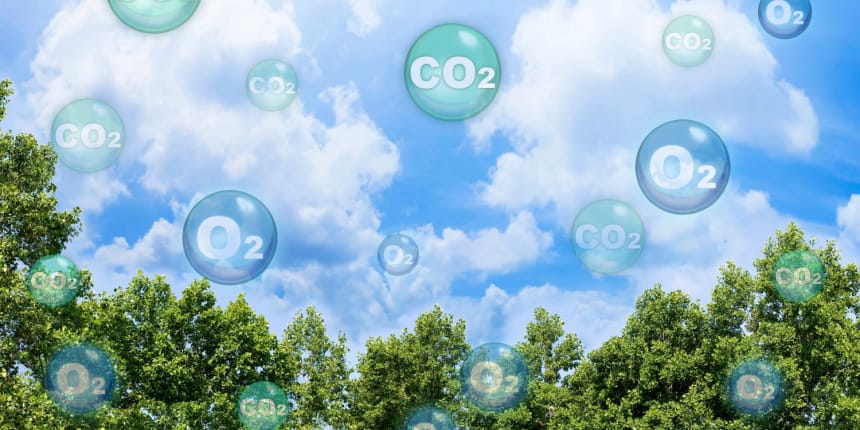PGALD Full Form
Introduction
PGALD is expanded as Phosphoglyceraldehyde. It is also expressed as Glyceraldehyde 3-phosphate, triose phosphate or 3-phosphoglyceraldehyde. Other than PGALD, Phosphoglyceraldhehyde also has other abbreviations like G3P, GA3P, GADP, GAP, TP, GALP or PGAL. PGALD is a metabolite which takes place in the metabolism pathways of every organism. In this article, we will learn about PGALD formation, how it works as an intermediate in photosynthesis and some important facts about the metabolite.
- Introduction
- What is PGALD?
- Formation of PGALD Metabolite
- An Intermediate in Photosynthesis

What is PGALD?
PGALD is a metabolite which is produced during the process of photosynthesis. It works as a metabolite in humans, plants and Escherichia Coli. A metabolite is nothing but the intermediate or end product of metabolism in an organism. Glyceraldehyde 3-phosphate is an aldotriose phosphate, which is a 3-phospho derivative of glyceraldehyde.
PGALD is a natural product found in humans, plants and Escherichia Colis. Phosphoglyceraldhehyde is functionally related to an aldotroise known as Glysera Idehyde. Two examples of PGALD are:-
glyceraldehyde 3 phosphate metabolite is found in the Lotus plant and functions during the process of photosynthesis.
D-Glyceraldehyde 3-phosphate metabolite, which is a kind of fungus used in research for making wine or beer.
Formation of PGALD Metabolite
The formula for Phosphoglyceraldehyde is C3H5O3(H2PO3). In the IUPAC naming method, it is expressed as 2-hydroxy-3-oxopropyl dihydrogen phosphate. It is formed in the anaerobic metabolism of carbohydrates when a diphosphate of fructose spilt occurs.
D-glyceraldehyde 3-phosphate is formed when Fructose-1, 6 bisphosphates and a catalyst aldolase.
An Intermediate in Photosynthesis
During photosynthesis, 3–phosphoglycerate or 2 equivalents of glycerate 3-phosphate are produced due to the light-independent reactions. It is produced when the rubisco enzyme works as a catalyst between ribulose 1,5-bisphosphate (RuBP) and carbon dioxide.
3-phosphoglycerate gets converted into D-glyceraldehyde 3-phosphate, which is also known as G3P. G3P is considered the intermediate or end product of the photosynthesis process, as it can be consumed as food nutrients like glucose immediately. Which, from there, can be transferred to other cells or stored as starch.
Frequently Asked Questions (FAQs)
PGALD stands for phosphoglyceraldehyde or glyceraldehyde 3-phosphate metabolite.
PGALD is a metabolite produced during dark reactions in the photosynthesis process.
G3P, GA3P, GADP, GAP, TP, GALP or PGAL are other short forms for Glyceraldehyde 3-phosphate or PGALD.
PGA stands for 3-Phosphoglyceric acid, while RuBP is the abbreviation for Ribulose 1,5-bisphosphate.
Yes! PGAL is the same as G3P. Glyceraldehyde 3-phosphate is also known as triose phosphate or 3-phosphoglyceraldehyde.